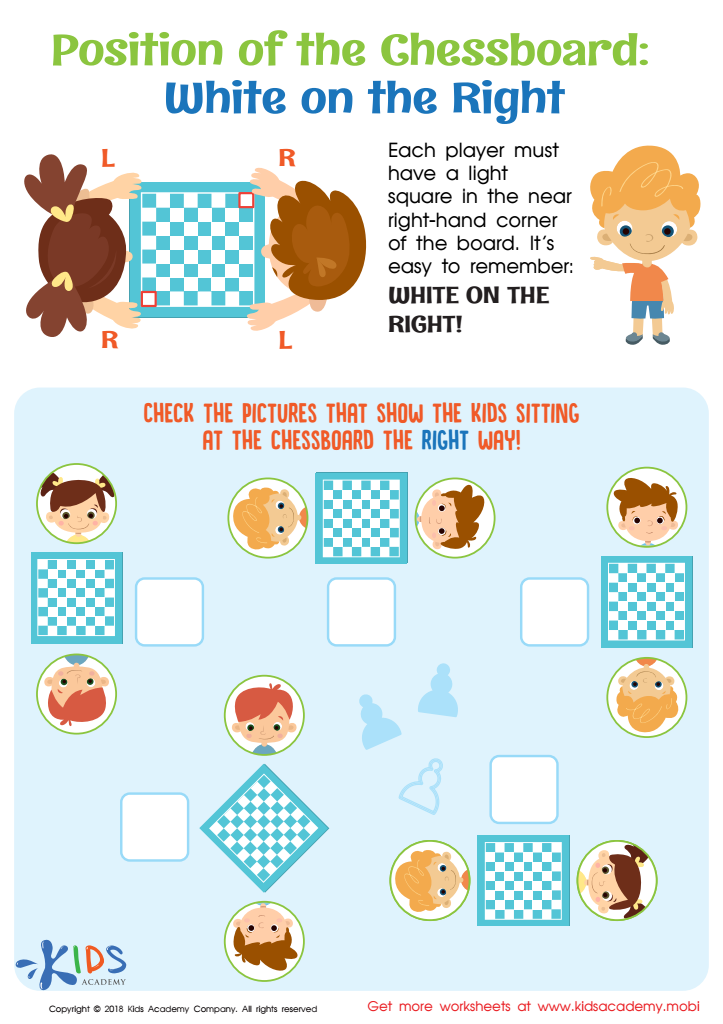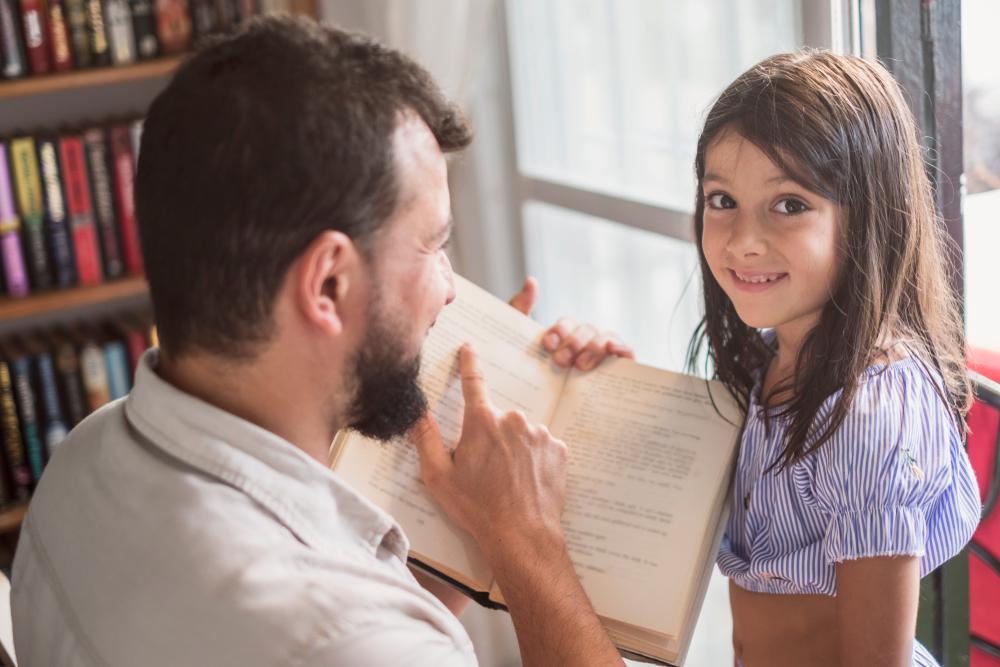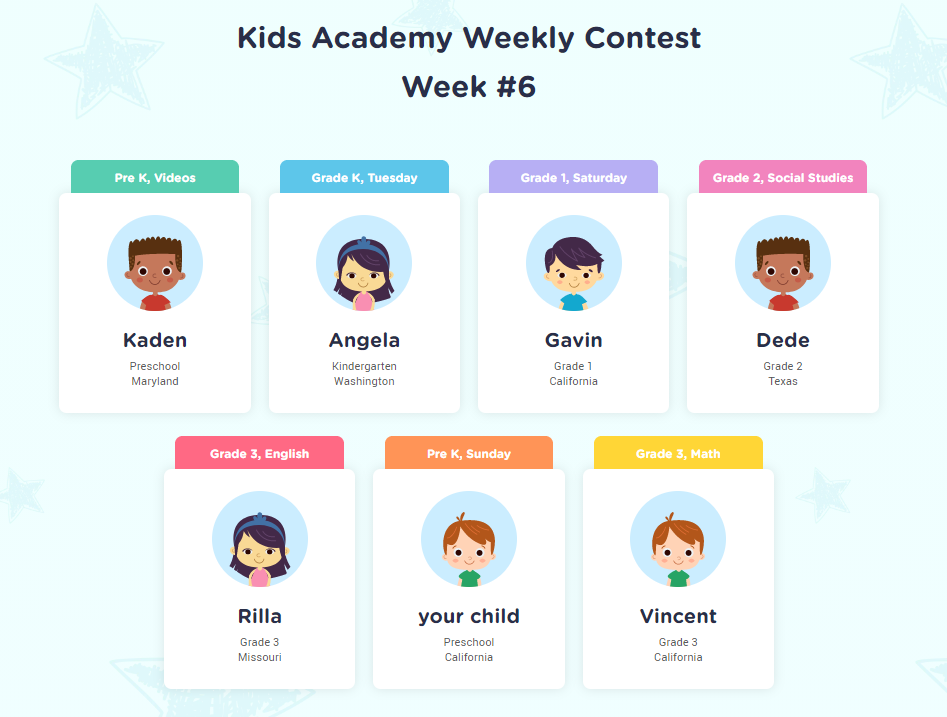Grasping chess rules Worksheets for Kids
1 filtered results
-
From - To


Position of the Chessboard: White on the Right Worksheet
Question/Answer
How to test a Grade 1 student’s Grasping chess rules skills?
To test a Grade 1 student's understanding of chess rules, engage them in a simple, guided game, asking them to name pieces, explain their movements, and execute basic strategies. Observe their ability to follow turn-taking rules, recognize check, and understand the concept of checkmate. This approach assesses both rule retention and application in a practical, interactive setting.
What does the Grasping chess rules skill mean when it comes to Grade 1 Chess learning?
The Grasping chess rules skill in Grade 1 Chess learning refers to the basic understanding and application of chess rules. This includes knowing how pieces move, the concept of check and checkmate, the significance of capturing pieces, and the basic principles of opening, middle game, and endgame strategies. It sets the foundation for developing further skills and strategies in chess.
How to train the Grasping chess rules skill in Grade 1 students learning about Chess?
To train Grade 1 students in the rules of chess, start with simple, interactive demonstrations of how each piece moves. Use a large chessboard for visibility and hands-on practice. Introduce one chess piece at a time, allowing students to play mini-games focused on that piece.
 Assign to the classroom
Assign to the classroom












